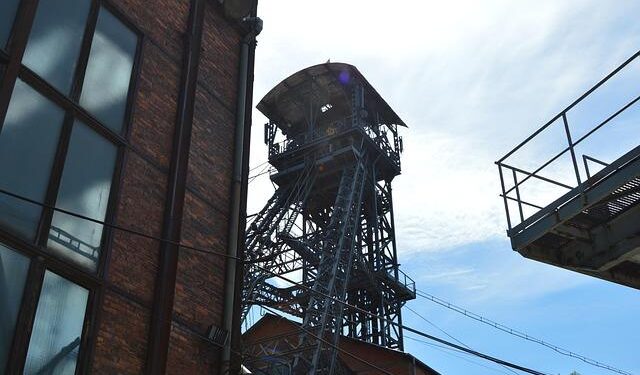FIS Race Director Michal Lamplot has offered an exclusive preview of the upcoming season, outlining key developments and strategic priorities for the international ski racing calendar. With a focus on enhancing competition quality and athlete safety, Lamplot’s insights shed light on the challenges and innovations set to shape the sport in the months ahead. As the ski racing community prepares for a dynamic season, his perspective provides valuable context on what fans and competitors can expect from the Fédération Internationale de Ski’s (FIS) latest campaign.
Race Director Michal Lamplot Discusses Innovations and Safety Measures for Upcoming Season
Michal Lamplot, the Race Director, has unveiled a series of pioneering safety protocols aimed at enhancing athlete protection during the upcoming season. Among the key innovations is the introduction of advanced sensor technology embedded within athletes’ equipment, designed to monitor impact forces and provide real-time data to medical teams. This cutting-edge approach is expected to significantly reduce response times in the event of injury, ensuring swift and effective intervention on the slopes.
Additionally, the FIS has committed to intensifying course inspections and employing new materials for course construction to improve stability and reduce hazardous conditions. Key focus areas for the season include:
- Expanded use of airbag systems along critical sections
- Enhanced visibility markers tailored for varied weather conditions
- Mandatory refresher safety training for all technical staff
| Safety Measure | Expected Impact |
|---|---|
| Impact Sensor Integration | Immediate injury alerts, faster medical response |
| Airbag Deployment Systems | Reduced risk of severe injuries |
| Course Material Upgrades | Enhanced slope stability |
| Staff Safety Training | Improved hazard recognition & management |
Enhanced Course Designs Aim to Elevate Competition and Athlete Performance
With aspirations to uplift the competitive spirit and push athlete capabilities to new heights, the upcoming season introduces meticulously revamped course layouts. Race Director Michal Lamplot has placed special emphasis on integrating dynamic elements that challenge racers to adapt swiftly while maintaining precision and control. These modifications are crafted to enhance both the strategic and technical aspects of racing, promising heightened excitement for competitors and spectators alike.
Key features of the new designs include:
- Varied terrain profiles to test versatility and endurance
- Sharper turns and increased gate density encouraging tactical acceleration
- Extended flat sections fostering powerful sprint finishes
- Enhanced safety measures without compromising competitive intensity
| Course Feature | Objective | Expected Impact |
|---|---|---|
| Rolling Uneven Sections | Test balance and reaction time | Increased athlete agility demands |
| Narrow Gate Sequences | Force precision and technical skill | Higher risk-reward scenarios |
| Power Zones on Flats | Promote explosive speed bursts | More strategic energy management |
Lamplot Urges Stakeholders to Embrace Technology and Sustainability Initiatives
Race Director Michal Lamplot emphasized the critical role that innovation and environmental responsibility must play in the future of competitive skiing. As the sport continues to evolve, Lamplot called on all stakeholders-from event organizers to athletes and sponsors-to adopt cutting-edge technologies that not only enhance performance but also reduce ecological footprints. Priorities include the integration of advanced snowmaking systems, data-driven athlete analytics, and eco-friendly race infrastructure designed to minimize energy consumption and waste.
- Implementation of AI-powered trail grooming for optimized course conditions
- Utilizing renewable energy sources at event venues
- Promoting sustainable transportation options for teams and spectators
- Encouraging the development of biodegradable equipment and attire
To underscore the measurable benefits of these initiatives, Lamplot presented a comparison of traditional versus sustainable practices in race event management, highlighting improvements in efficiency and environmental impact. This focus on sustainability aims to safeguard skiing’s future, ensuring that upcoming generations can compete on world-class courses that respect nature as much as they celebrate athletic achievement.
| Metric | Traditional Method | Technology-Driven Sustainable Method |
|---|---|---|
| Energy Consumption | High (100%) | Reduced by 40% |
| Course Preparation Time | 12 Hours | 7 Hours |
| Waste Produced | Significant | Minimal |
| Carbon Emissions | 100 CO2 Units | 60 CO2 Units |
To Wrap It Up
As the new season approaches, Race Director Michal Lamplot’s insights underscore a commitment to innovation and athlete development within the FIS community. Stakeholders and fans alike can anticipate a dynamic season shaped by his strategic vision and experience. Further updates will follow as preparations continue and the competition calendar unfolds.































